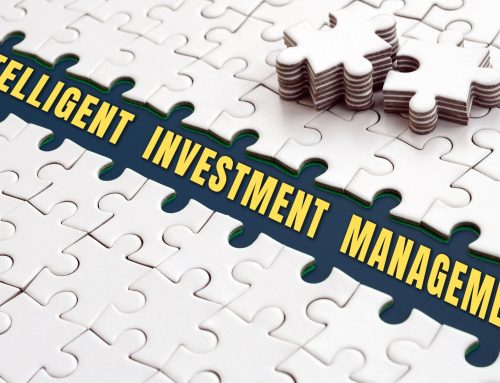
Thoughts On: The 6 Ps of Financial Happiness
We all know that the job of a money manager is to make people money. As difficult as that can be, the job of the client service manager is even harder. Client service has to make people happy. You might think that if you make people money, then they will be happy; but, I have learned you have to make people happy first so they can stick around long enough for you to make them money. It is a classic “which comes first, the chicken or the egg” dilemma. If I don’t make them happy, then I can’t make them money, but if I don’t make them money, then I can’t make them happy.
Out of necessity, I have formulated some lessons about financial “happiness” that I want to share. The most critical (and some might think the most obvious) lesson I have learned is that investing is just like life. We are each responsible for our own happiness. Investment success and financial independence, “financial happiness” if you will, is dependent on the INVESTOR, not just the investment. If we do our homework, stick to principles that are tried and true, and remain patient, then we will be happy. We all KNOW this; we just don’t all DO this. Why not? Because we ignore what we know to be true and fall prey to what sounds and looks tempting.
It is tempting to invest without doing any planning, to just assume that if we only had more money, then we would be happy. But we don’t really define what “happy” means in terms of our finances and investments. We don’t know what our destination is, or how we plan to get there, and then we are unhappy when we don’t arrive.
More than thirty years ago, I was taught (at taxpayer expense) that “Prior Preparation Prevents Pathetically Poor Performance.” (Actually, that isn’t a direct quote from my Drill Instructor, but I am certain that is what he meant.) Marines plan and prepare before they expect to perform. The same is true for investing and finances.
I am a big believer in having a financial plan, I just don’t always understand the financial plans I come across. For me, the simpler the plan the better because a simple plan is more likely to be used, referred to, and updated. A complicated plan gets filed, ignored, and forgotten.
A simple plan starts with:
- A list of what you own and what you owe;
- A list of how much you make, how much you spend, and how much you save; and
- A list of what you hope to do with your money and when.
See the article “Personal Finances” (Maxims II) on our website for an example of listing what you own and what you owe.
Then you create a spreadsheet to determine what returns you need from your investments so the money you save will be enough for when you need it. You can and should incorporate assumptions about increasing expenses, increased life expectancies, different retirement dates, etc. so that your plan covers a number of contingencies.
Out of this planning should come a personal statement of investment policy. All institutions have one, and we should each have one of our own. My own personal statement of investment policy is this:
To reach my financial goals, I require investment performance of at least 5% after taxes and inflation averaged over any five-year period. I recognize that financial markets are volatile, so I am willing to accept losses limited to 20% in any calendar year, but not in two consecutive years. I am willing to invest in any asset class that I reasonably expect to meet these criteria.
Now, I have a plan and an idea of what is required to fulfill that plan. I can use my policy statement to evaluate all the investment options, products, and pitches that I come across. I can learn what should work and why and interview managers to see what they think should work and why. I am prepared to perform, and I have improved my odds of reaching financial “happiness.”
Investing involves risk. Principal loss is possible.
The opinions expressed are those of Muhlenkamp and Company and are not intended to forecast future events, guarantee future results, or offer investment advice.








